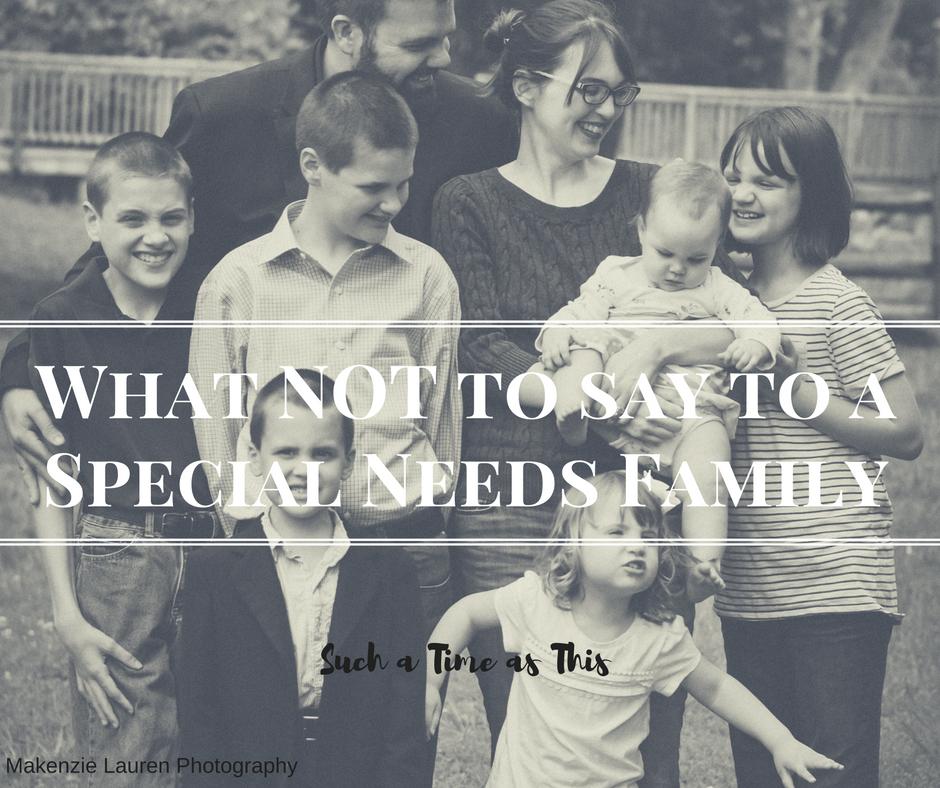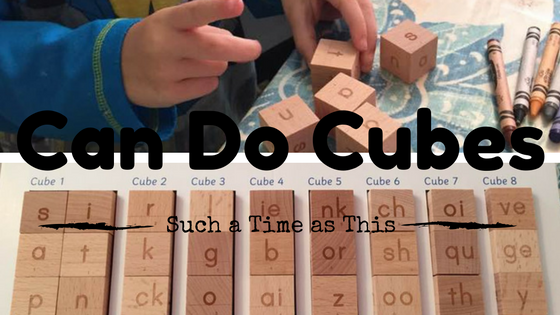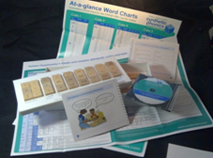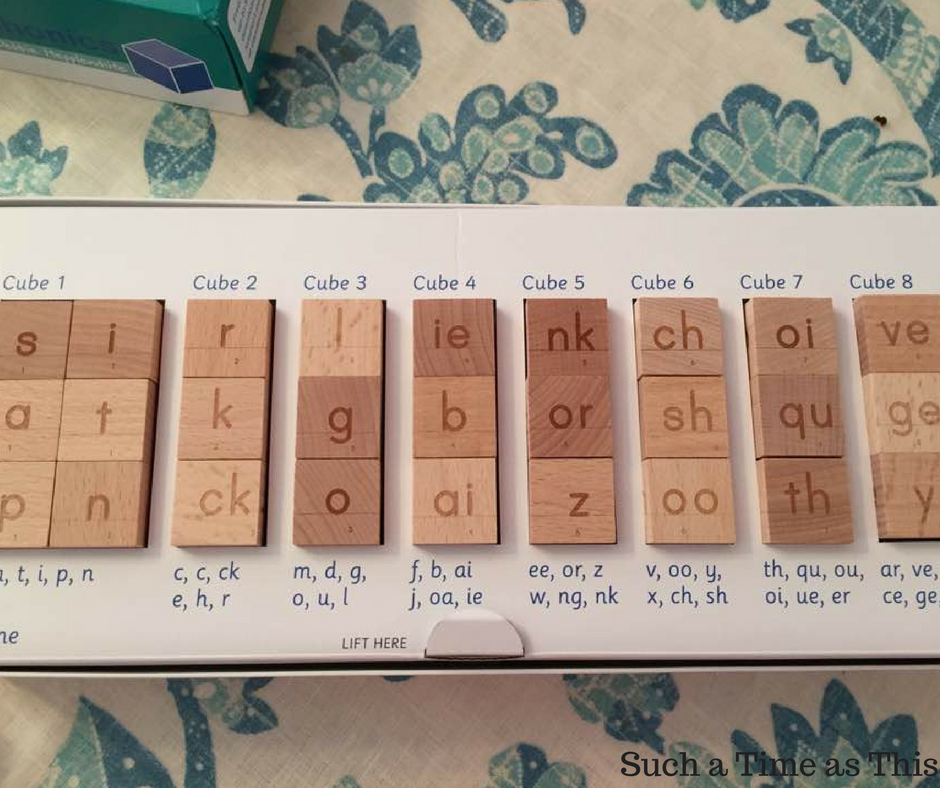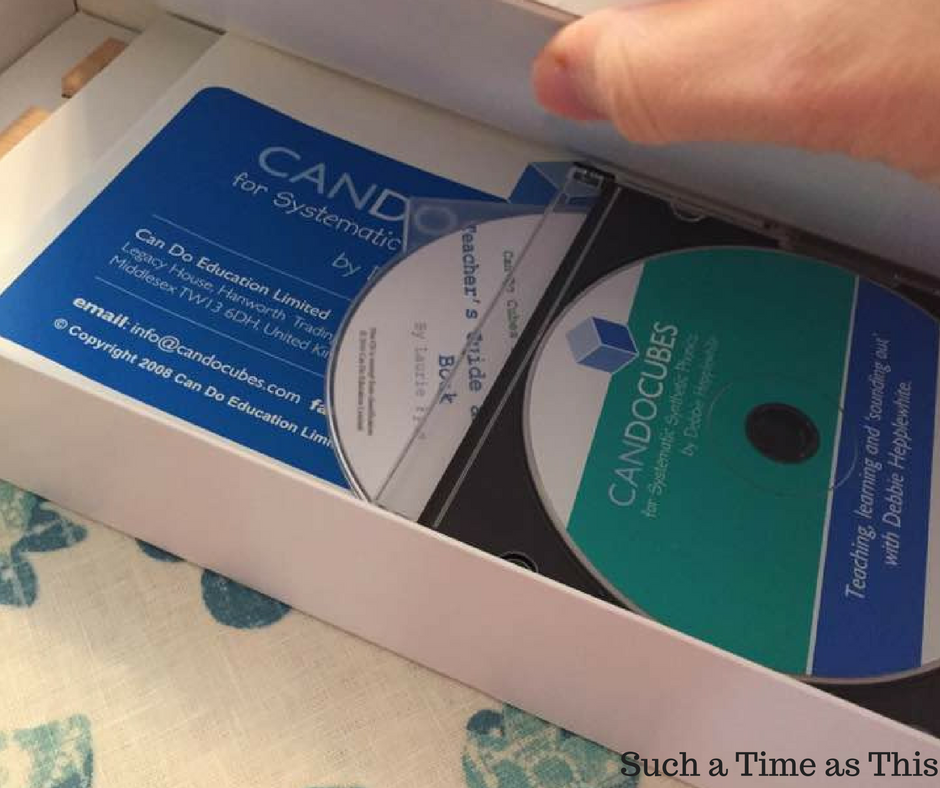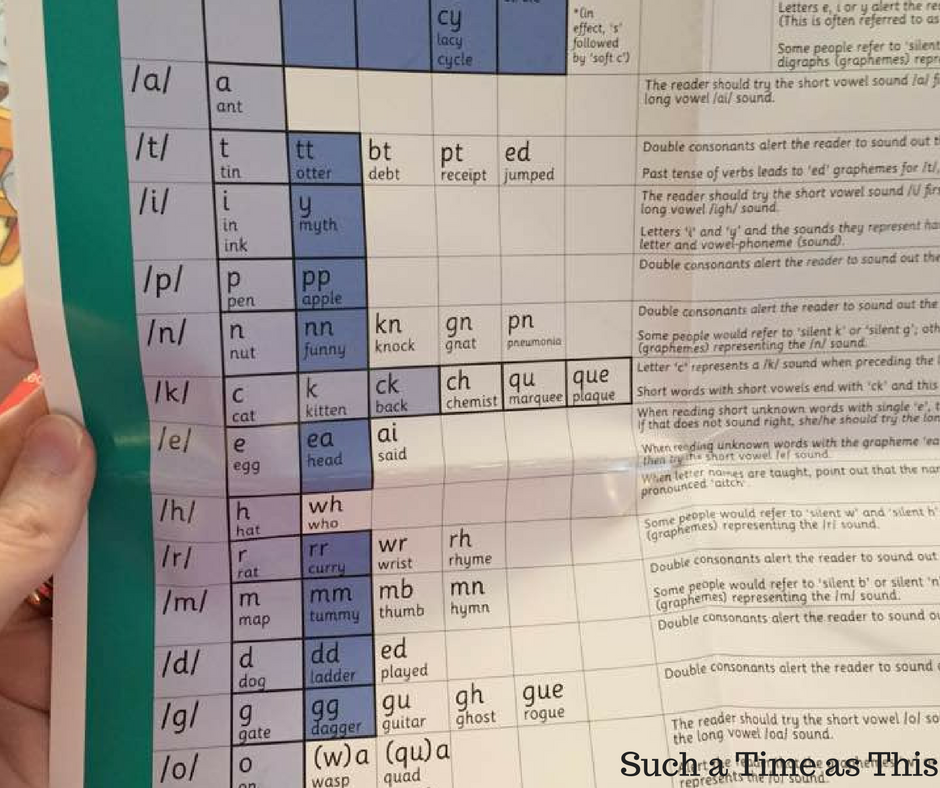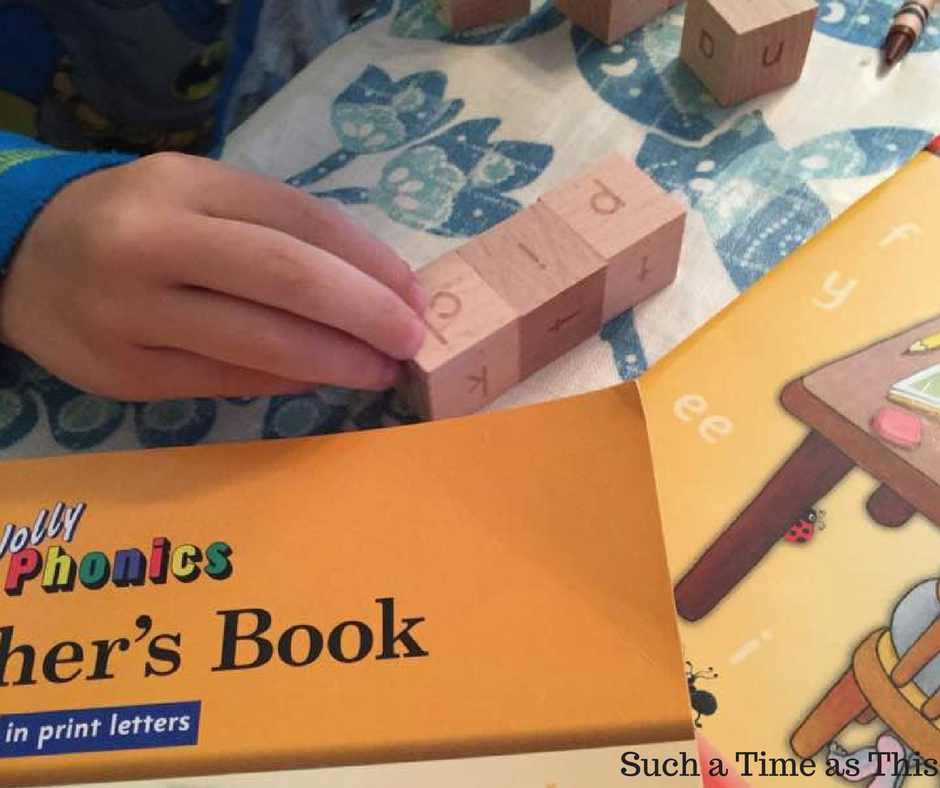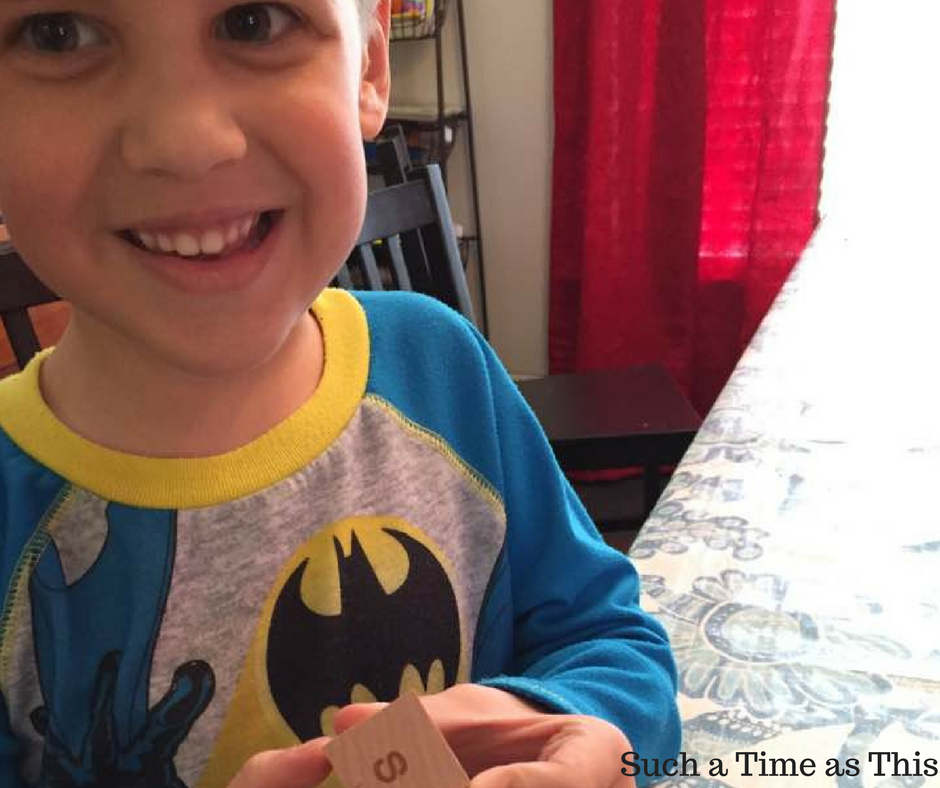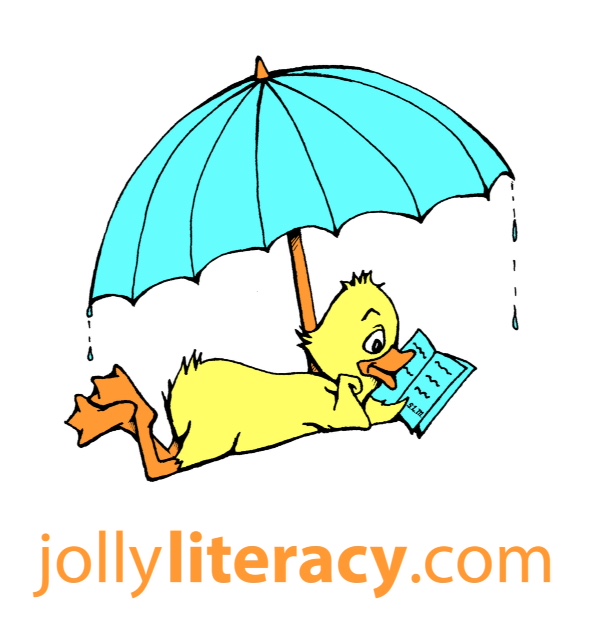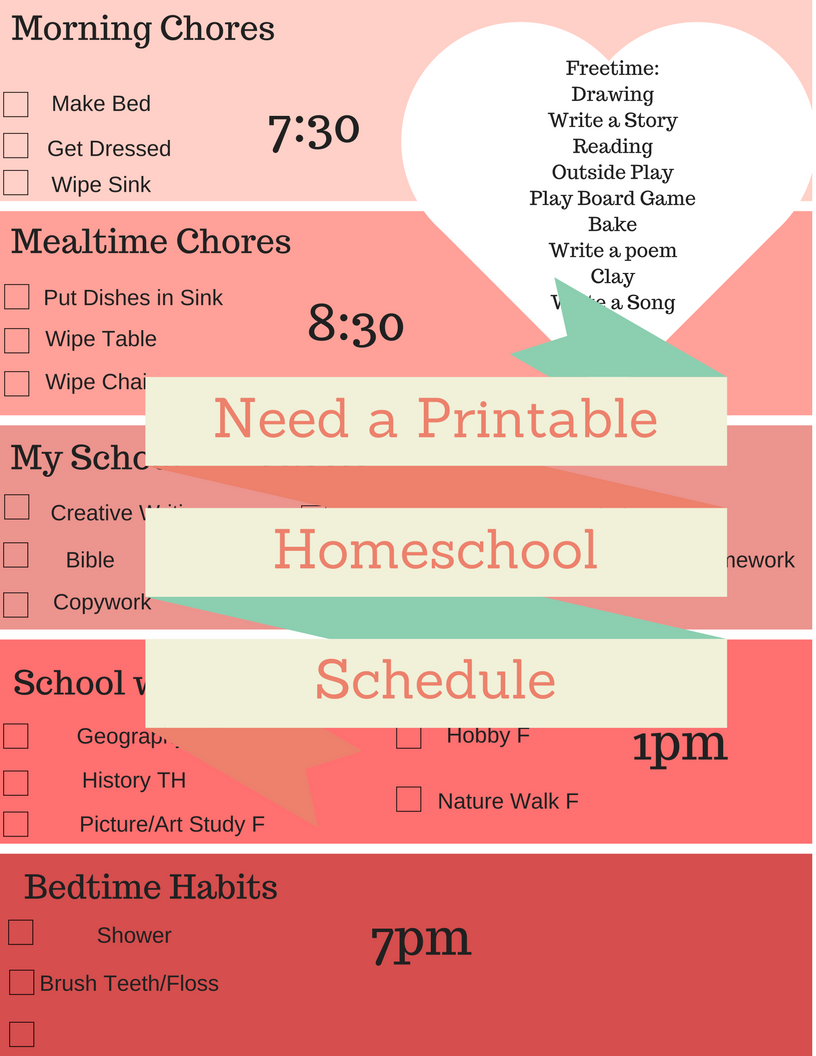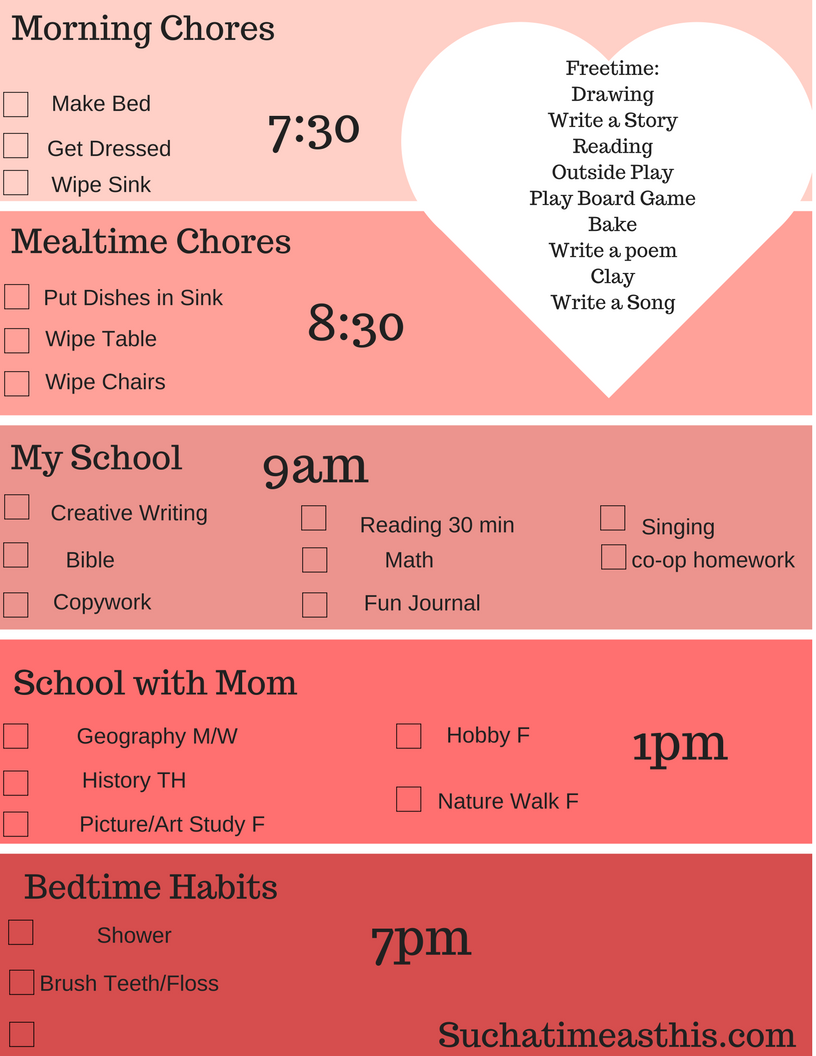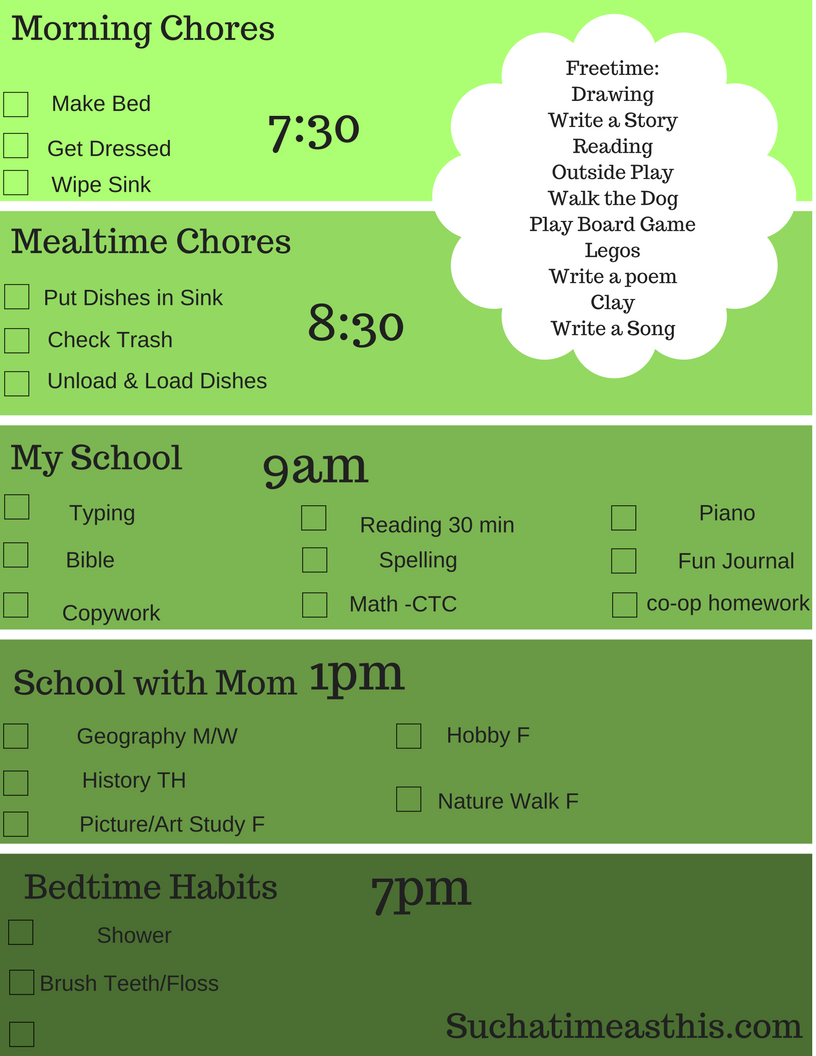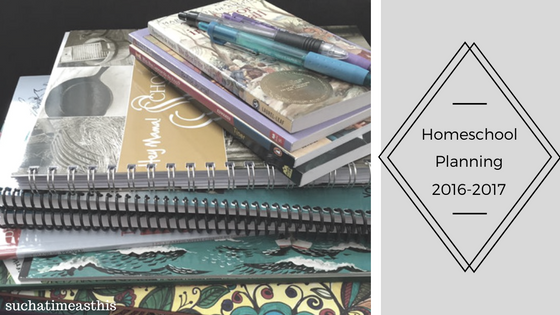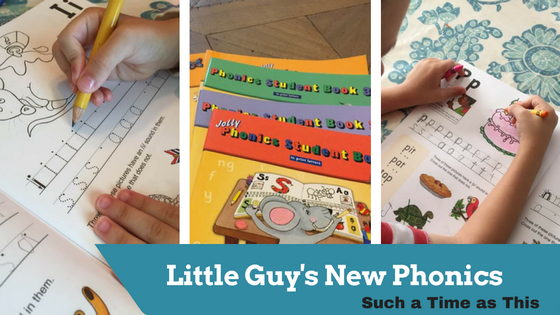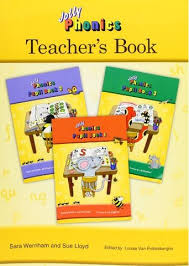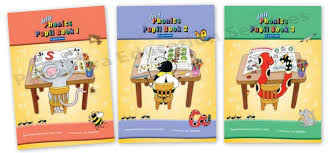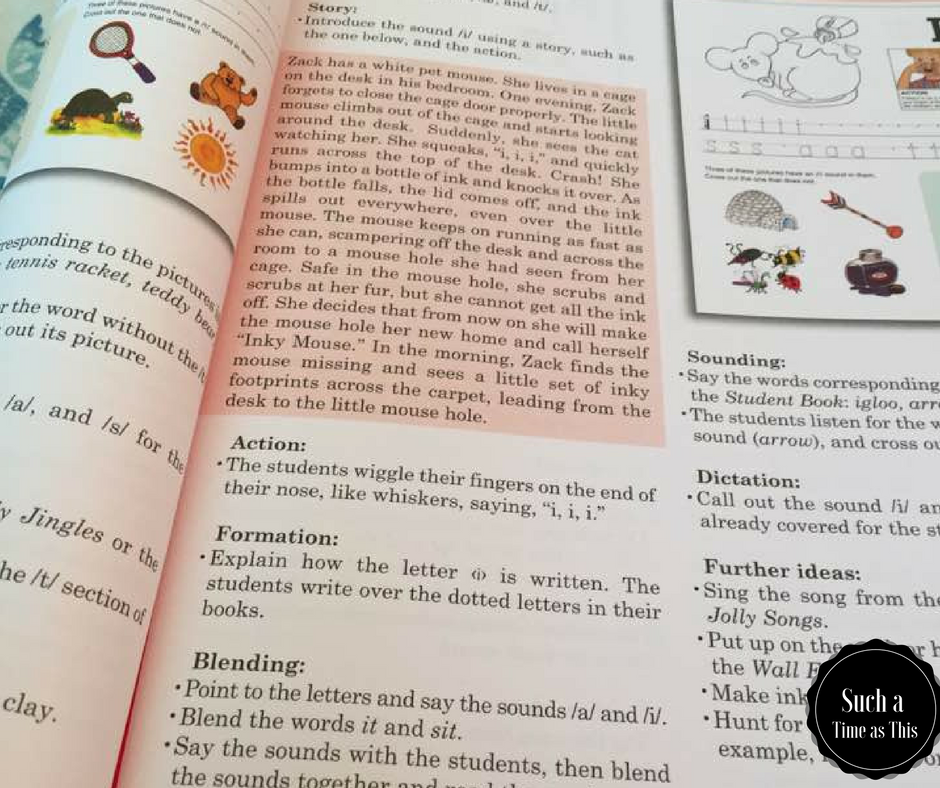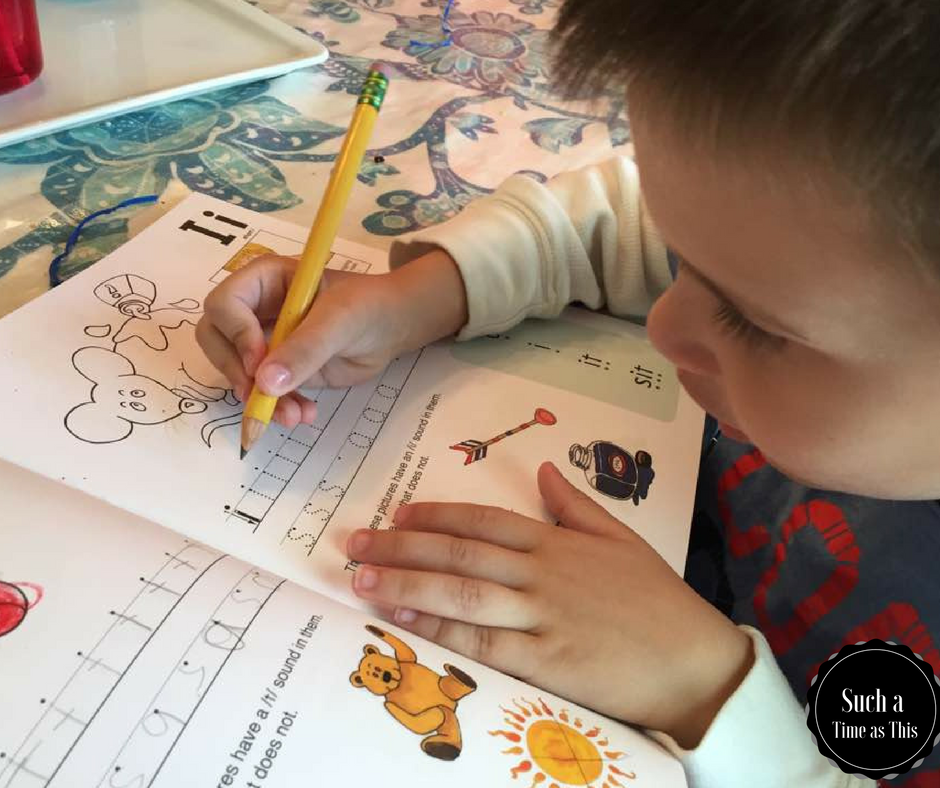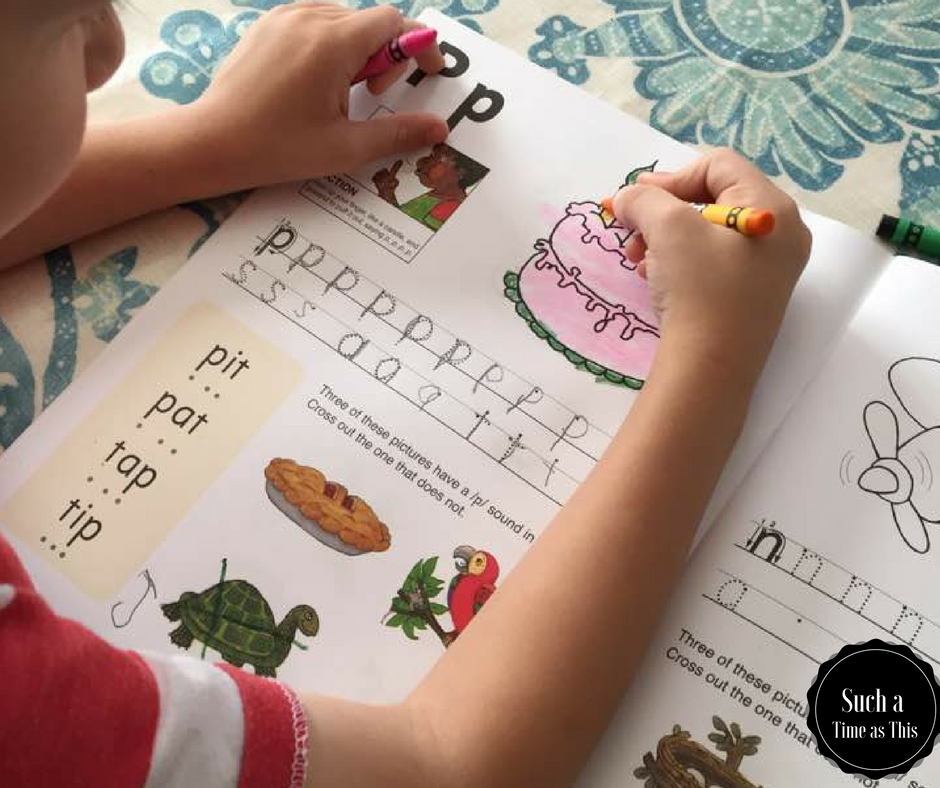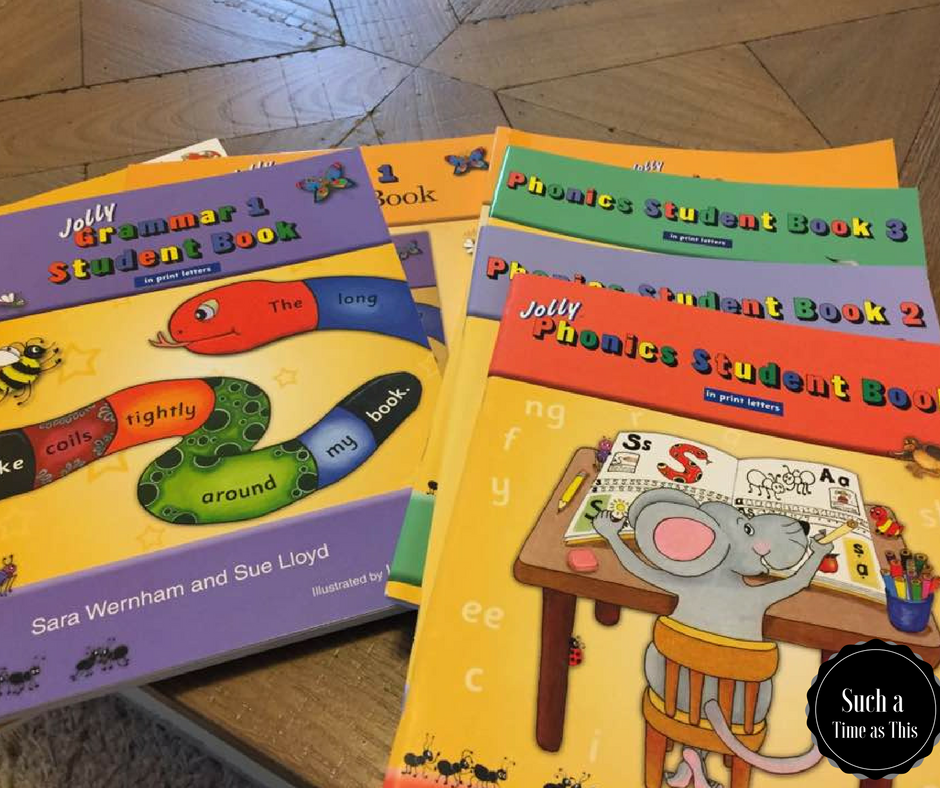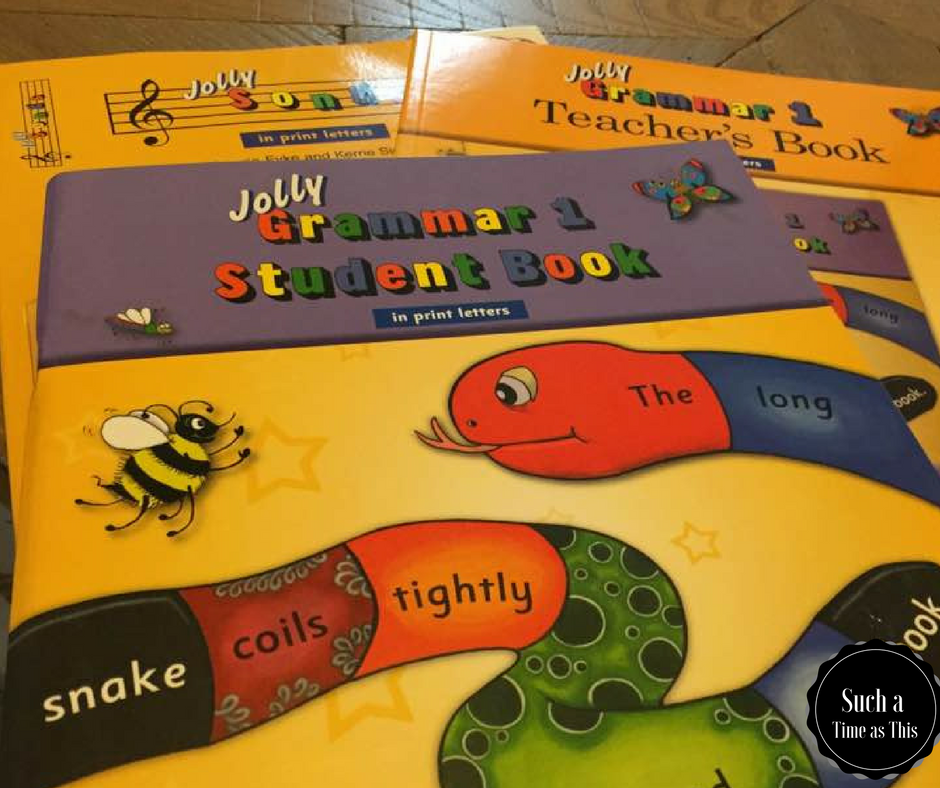What NOT to say or do to a Special Needs Family
1.”Your Child Looks Normal”
This, guys, is a big one. You wouldn’t believe how many times I’ve heard this and my son is pretty severely delayed and disabled. I’ve been told my son doesn’t “look” autistic or “seems” fine. I’m sure if you say these things you are well meaning. It is just hard to hear for so many reasons. One very simple reason to not say this? It sounds as if you are questioning the parents when they tell you about their child. Trust me … leave this one alone … move along … and try not to use the term “normal” at all.
2. “God doesn’t give you more than you can handle”
Well, this is just one huge fallacy. I personally can’t stand this saying because it is utter nonsense. I’ve been told this to my face. Try reading my post from last year if you need to know why this is so wrong. God WILL give you more … so much more.
3.”I wondered if there was something wrong way back when…”
Implying that you knew there was a problem, but just didn’t mention it, that is wrong in so many ways. If you truly believe there is a problem worth talking to the doctor about, in my opinion, it is much better to talk briefly, bluntly, and gently to the mom or dad. Keeping secrets doesn’t help anyone. Keep it kind, though, because the parents may also be sensitive or unaware. Some of us are forced to wait years and years for any sort of true diagnosis. Stating that you knew 5, 10, or 15 years ago, however, isn’t good for anyone involved. It plays you as a know-it-all, the parents as fools, and the child as the one who suffers.
4. “Maybe you should have/could have had an abortion”
Yuck. Just yuck. Please don’t ever imply or assume that I should have aborted my child because he has a disability. That goes for all future children as well. This isn’t loving, at all. It actually comes across in a way that makes it sound like you don’t value my child’s life. Special Needs or not that’s not kind or loving. It’s just mean. All children ARE a blessing.
5. Question their parenting style and choices
You might think if you just shared this discipline method, this parenting philosophy, this sleep method that this child might be “fixed”. However, what you might not realize is that by offering advice – especially advice on parenting – you are putting yourself on a pedestal. You are implying that your knowledge is what is missing in this family’s life. You might really believe in (fill in the blank parenting style/philosophy/method) but what you don’t realize is none of those things are going to fix my special needs child in the way you think they will. Having a disability like autism, developmental delay, cerebral palsy, or other neurodevelopmental disorders isn’t a problem with naive parents. It’s just not.
6.”They will be fine”
You probably think this is showing support, but really you don’t know if things will be fine. Some people confuse global delay with a specific delay. Some people think that children with delays will eventually catch up. While this is true in kids with certain specific or mild delay, in general kids with global delays (delays in all areas of development) do not catch up. While the word fine is all relative, it doesn’t seem like empathy it speaks more of apathy.
7. At least they don’t have (fill in the blank)
I actually had someone tell me early on (when my son was about 3) that I should be glad he didn’t have an illness like a childhood cancer. While I’m extremely grateful that he doesn’t have any other type of disability or disease it really, truly doesn’t negate the one he does have. Everybody has to walk their own road and I know how much of a struggle some parents go through. My heart breaks for them. Please don’t compare which disease or disorder is worse. That alone is painful.
8. Make fun of them or their situation
This should go without saying. Yes, certain words are off limits around me and my family. Mocking anybody is wrong, making fun of someone who doesn’t understand what you are saying or doing is taking it to a whole new level.
9. Act as if their child is insignificant or unimportant
Please, don’t ignore my child or pretend that because he has a moderate intellectual disability and autism spectrum disorder that he just doesn’t exist or that he is unimportant. This is both hurtful to the child, the parents and any other close family member who might be near by.
10. Do Nothing
Finally, doing nothing is just as bad as doing the wrong thing. Push yourself outside your boundaries and think of ways to show families of special needs kids love.
I don’t intend this post to be snarky or mean-spirited. I’m hoping we all can learn from one another and from the places and situations we have found ourselves in. Please don’t lose hope. If you know a family who has a special needs child there are lots of good, supportive ways to show them compassion, kindness and best of all … LOVE. Please see my post about 6 Ways to show LOVE to a Special Needs Family!
